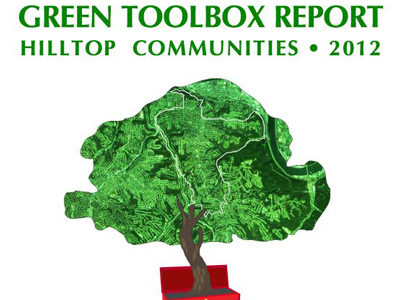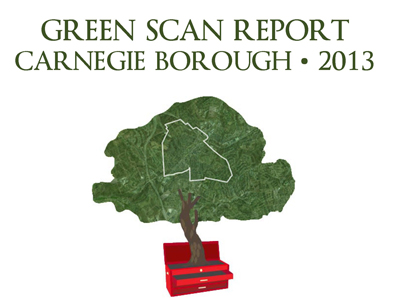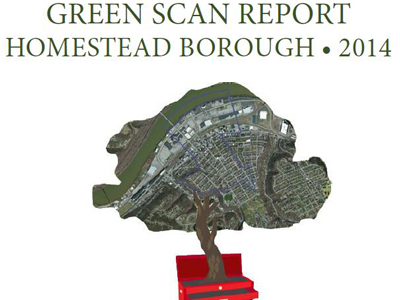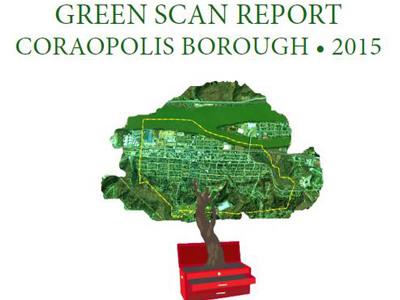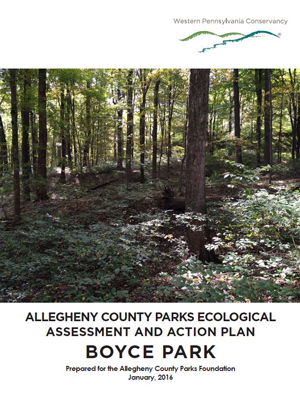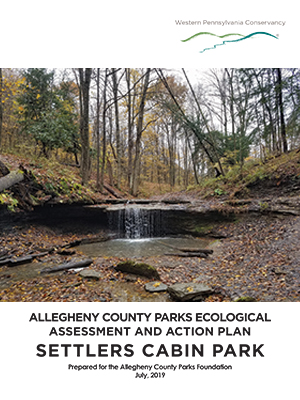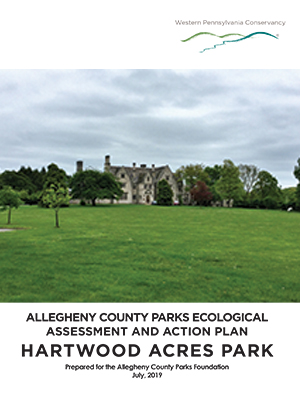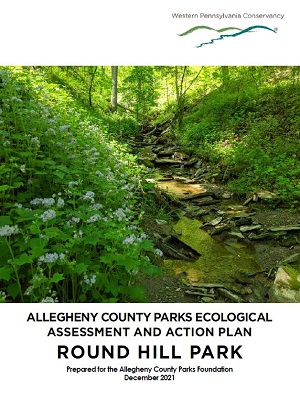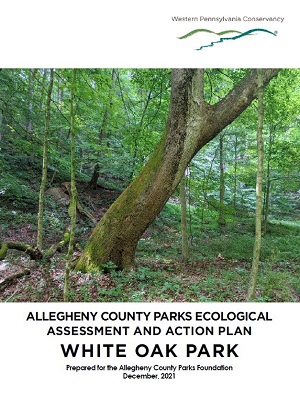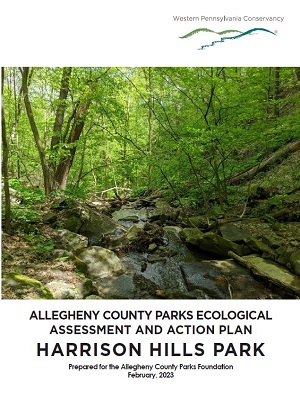Community Gardens & Greenspace
Ecological Assessments
The Conservancy believes that greening communities with gardens, trees and other greening approaches are important components to the quality of life for residents. These approaches also help spur community and economic revitalization. The key to this work has been strong collaboration and engagement with community leaders, residents and volunteers. Together we’re working to help make local communities more desirable and sustainable places to live and raise families.
In partnership with communities, the Conservancy produces green scans, which include assessments of existing green assets and recommendations for additional opportunities to implement green solutions to problems using natural green infrastructure systems. In addition, WPC has completed ecological assessments of several Allegheny County parks offering recommendations for natural solutions to problems, such as stormwater runoff, and natural resource enhancement.
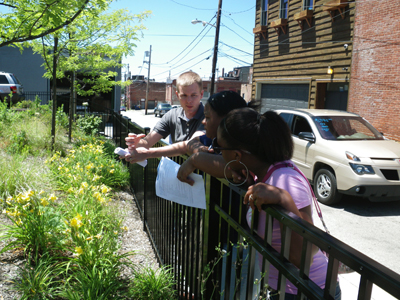
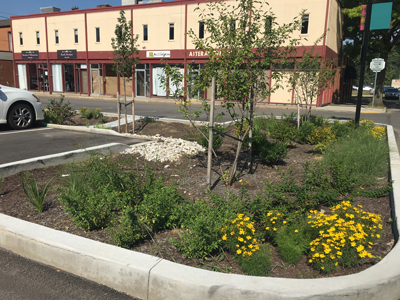
Municipality Green Scans
The Conservancy developed a “Green Toolbox” as a way to systematically analyze the green assets of communities (parks, trails, community gardens, etc.) and offer realistic solutions to implementing additional greening features. WPC has worked with several community, municipal, and organizational partners to undertake greening assessments and provide assistance in implementation of the greening recommendations.
Below are some of the assessments that WPC has created through community partnerships:
Allegheny County Parks Ecological Assessments
-
BOYCE PARK
A visitor destination, the five-acre wildflower meadow features pollinator-friendly natives such as black-eyed Susan and coneflowers and is mowed only once every other year. More than 1,000 native trees, including oaks and redbud, have been planted in other areas.
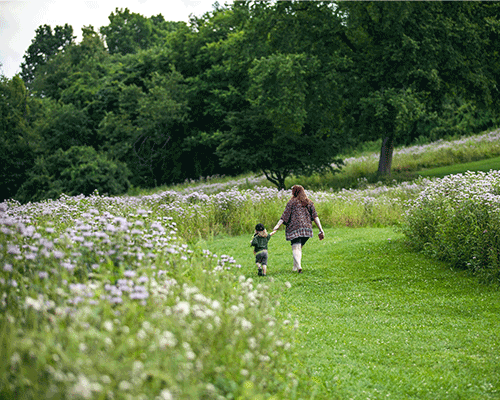
-
DEER LAKES PARK
This park’s assessment will be completed in 2025. However, using strategies from plans for other parks, ACPF and ACPD are planting riparian trees and a 3.5-acre pollinator meadow surrounding solar panels that generate electricity to offset the park’s carbon emissions.
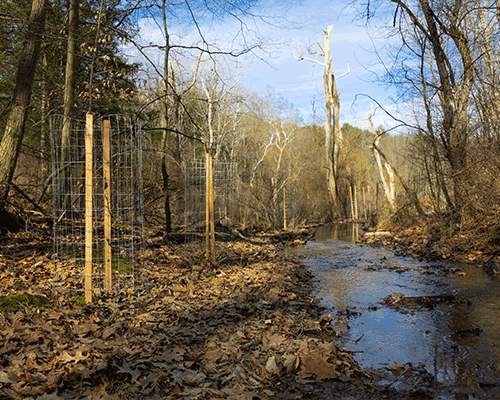
-
HARRISON HILLS PARK
At the southern pond, 500 trees create streamside habitat for turtles and other wildlife. Removing invasive plants helped to conserve plant species rare in the county and state, including paw paw. Nearly 750 trees, including maples and birch, fill a canopy gap created by ash borer damage to trees.
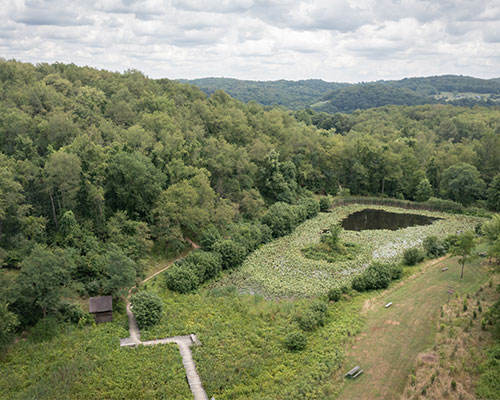
-
HARTWOOD ACRES PARK
Twenty acres of wildflower meadow that support pollinators, 1,000 native riparian trees and shrubs planted along Little Pine Creek and a significant number of landscape tree plantings have greened the elegant landscape.
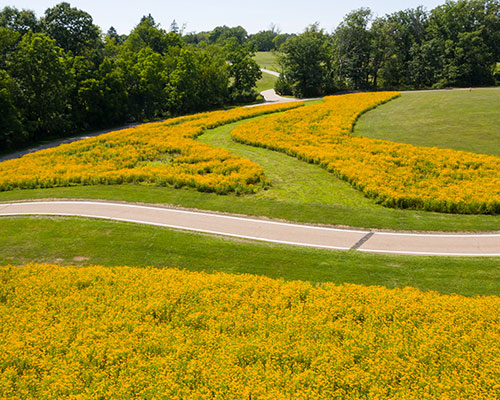
-
NORTH PARK
While ACPF raises funds for the North Park assessment, ACPD and ACPF have begun extensive riparian plantings and streambank erosion control on North Fork Pine Creek. Already planted are more than 1,000 trees, 2,500 plants and 1,900 live stakes.
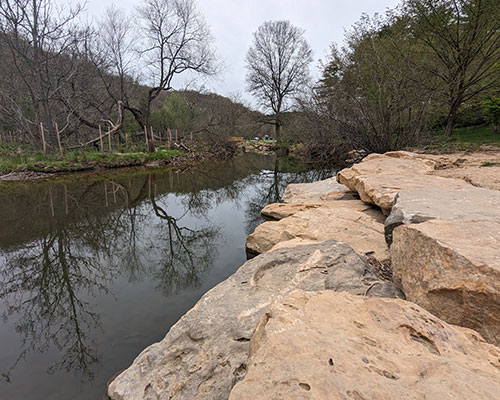
-
ROUND HILL PARK
A rain garden at the visitor center manages stormwater and supports pollinators. During the assessment, it was discovered that verticillium wilt had infected the iconic sugar maples between the cow and sheep pastures. The trees were replaced with 38 resistant varieties, laying the groundwork for the next generation of visitors to enjoy.
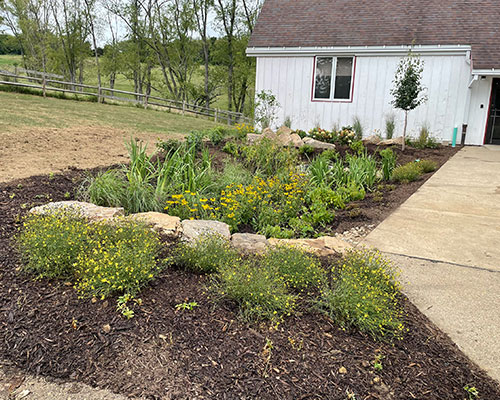
-
SETTLERS CABIN PARK
More than 500 trees increase the canopy in a riparian meadow, while 700 live stakes along Pinkerton Run and a passive system addressing acid mine drainage improve water quality. Strategically placed felled trees and root balls filter water and connect wooded areas.
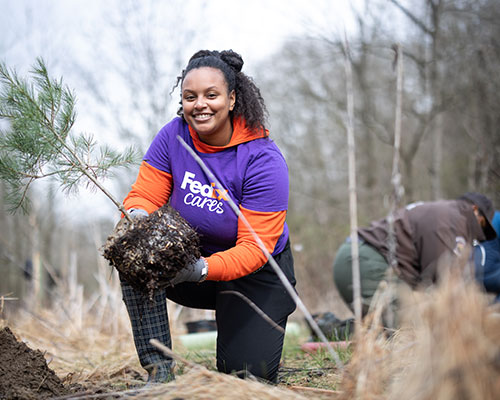
-
SOUTH PARK
The star of the show is the green parking lot, featuring permeable pavers, rain gardens, native trees, a promenade and much more. Also featured: nearly 10 acres of wildflower meadows and a pollinator-friendly riparian area along Catfish Run, installed with the help of WPC’s community greening staff. Hundreds of trees and shrubs have been planted to minimize canopy gaps and reduce mowing.
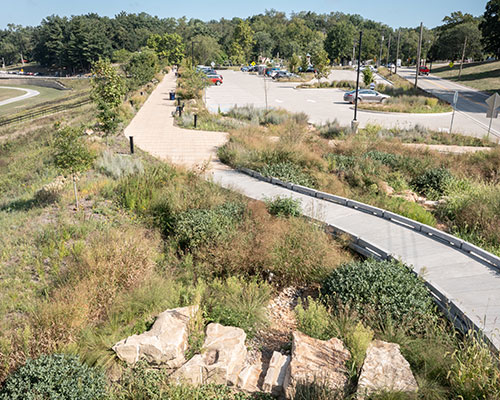
-
WHITE OAK
A tree canopy gap on the Green Trail benefited from a planting of 372 trees and shrubs, including dogwood and pine. Assessments of other parks informed decisions for trail placement, a wildflower meadow and successional plantings of landscape trees.
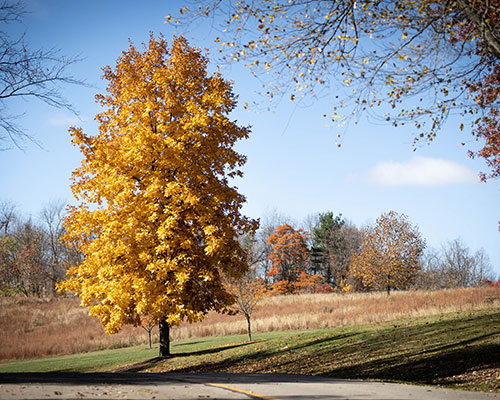
The Conservancy has worked with the Allegheny County Parks Foundation and the Allegheny County Parks Department to undertake ecological analyses of eight county parks—Boyce, Deer Lakes (in progress), Harrison Hills, Hartwood, Round Hill, Settlers Cabin, South and White Oak. ACPF is fundraising for an assessment of North Park.
These projects inventory and assess the natural areas of the parks, identifying valuable natural assets such as native plants, water bodies, and older growth forests. Issues such as invasive plant species, tree pests and diseases, and soil erosion are also identified. Recommendations from the project reports include specific areas that should be protected, invasive plant management, opportunities for green infrastructure at buildings and high use areas, locations to reduce mowing and restore meadows, tree plantings and trainings for park staff.
Other Greening Assessments and Solutions
Erie Downtown Greening Report – The Conservancy worked with private funders, Erie Downtown Partnership, Erie city and county officials, and Gannon University to develop a plan to improve the urban forest of Downtown Erie. This work has resulted in dozens of new trees throughout the area as well as ongoing maintenance.
Garfield Green Zone – The Conservancy and Evolve worked with the Bloomfield Garfield Corporation and Garfield residents, to analyze and suggest opportunities for areas of largely publicly-owned wooded land within the neighborhood.
The endeavor has gone through two phases to date:
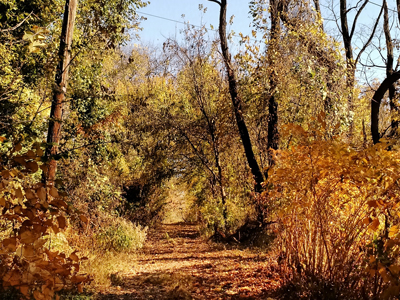
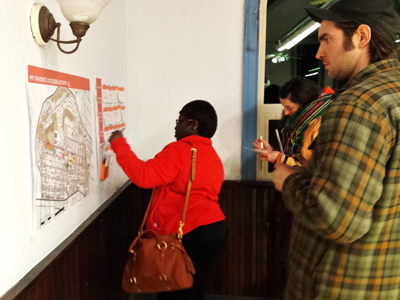
For More Information:
Alicia Wehrle
Community Greening Project Manager
Western Pennsylvania Conservancy
800 Waterfront Drive
Pittsburgh, PA 15222

